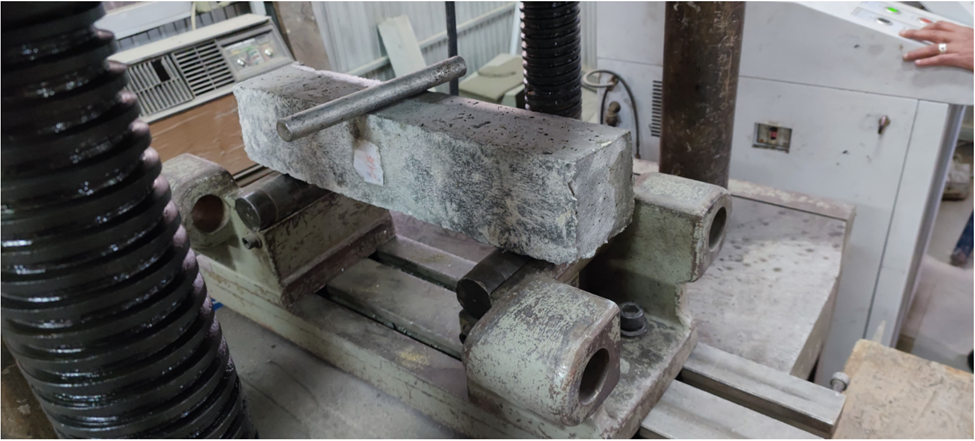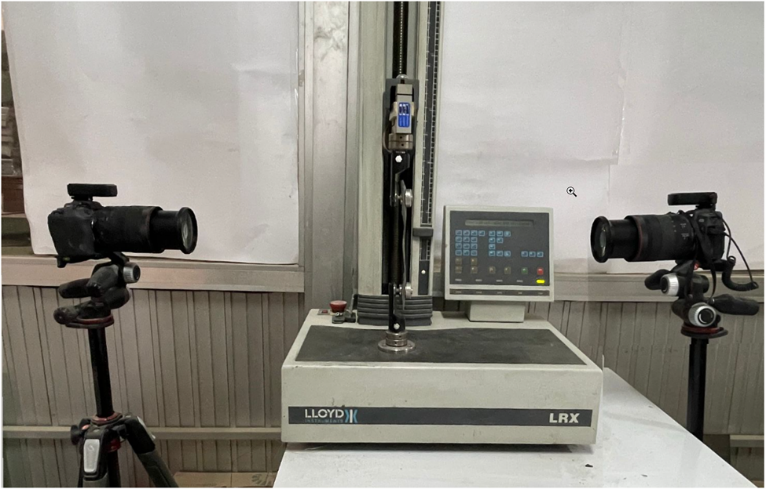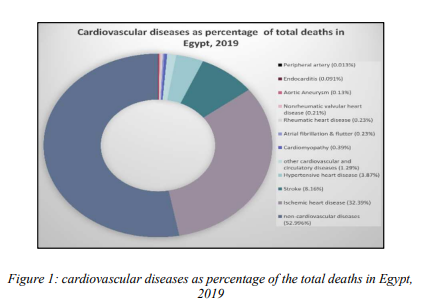Biography
Dr. M. Elshabrawy obtained his Ph.D. from Cairo University in 2013. Dr. M. Elshabrawy has a bachelor’s degree in Aerospace Engineering from Cairo University, Egypt (2001) and a master’s degree from Cairo University, Egypt (2007).
He was the head of the Information Technology Unit at the Faculty of Engineering in Cairo University from 2018 till 2020, and in 2022, he was the manager of the Grants and International Cooperation Office (GICO) office at Nile University. Currently, Dr. M. Elshabrawy is an associate professor in the mechanical engineering program at the School of Engineering and Applied Sciences, Nile University and is a member of the Smart Engineering Systems Center (SESC).
Research Tracks
- Computational Fluid Mechanics
- Coastal Engineering
- Finite Difference
- Differential Quadrature Method
- Numerical Analysis
Projects

Research Project
Experimental Study on Sustainable Production of Concrete with Treated Alum Sludge
Objectives: A huge amount of unwanted sludge is produced daily from water and wastewater treatment plants and disposed into landfills which causes numerous environmental challenges. This study aims to investigate the effect of replacing cement by alum sludge on the performance of normal concrete. Incorporating alum sludge in concrete production could be useful in protecting the environment by

Research Project
Develop and study the properties of a concrete mixture to accommodate tire recycling
Abstract The objective of this project is to study the effect of using waste in concrete mixes. The main type of waste used in this project is recycled fine rubber as a replacement of fine aggregate. Concrete molds are prepared and used to make concrete elements including beams, cubes, and cylinders. Various waste percentages are examined; and the effect of the concrete mix proportions is analysed

Research Project
Study of Deformations and failure of materials using digital image processing ANd correlation
Abstract Digital image correlation (DIC) is a non-contact optical technique used to measure displacement and strain of materials under loading. It utilizes a speckle pattern on the specimen to track deformation and calculate strain, offering a cost-effective alternative to strain gauges. Both 2D and 3D DIC setups are employed for deformation measurement, crack detection, and crack density




